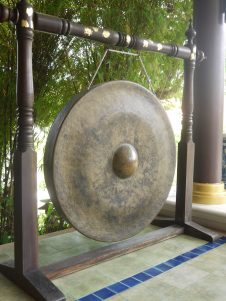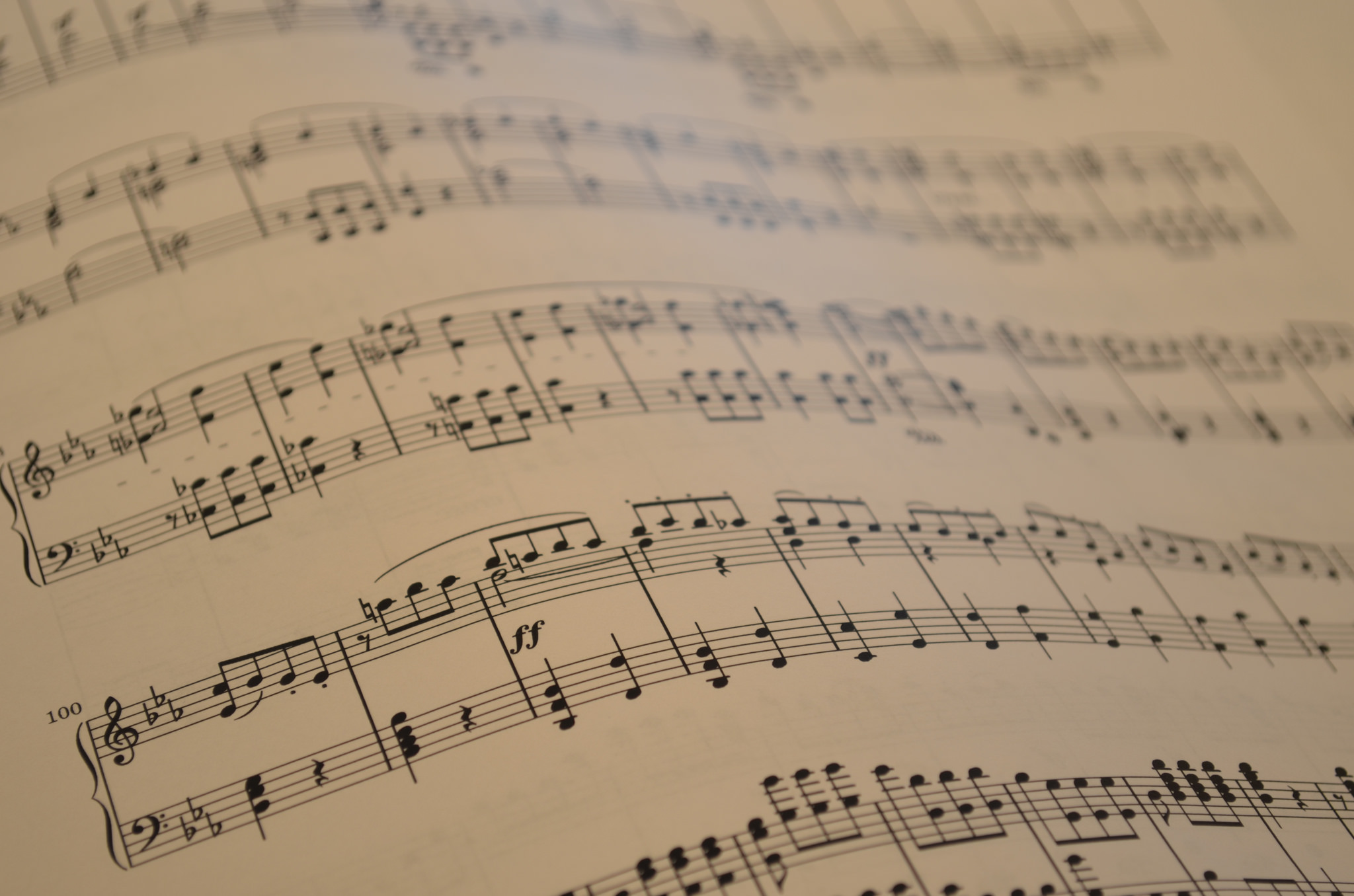The Power of Sound
Article By Paul Cummings
 Paying attention to what you hear is a way to relax. The sounds of nature provide a great deal of meditational calmness, such as listening to the rolling of ocean waves or bird song in the garden.
Paying attention to what you hear is a way to relax. The sounds of nature provide a great deal of meditational calmness, such as listening to the rolling of ocean waves or bird song in the garden.
Our ancestors strived to achieve entering altered states of mind by making sounds. They did this by chanting and beating drums or by playing delicate melodies of the flute and harp. But one instrument that stands out as having the most immediate impact on relaxation and at a deep level is the gong.
With the surge of Well-being becoming more common nowadays, the gongs feature alongside yoga and meditational practices. When played exclusively, the term is called a ‘Gong Bath’, coined by the famous practitioner Don Conreau in the late 1960s. It has little to do with taking your clothes off and getting into the water but essentially means being bathed in sounds.
A gong is a circular metallic instrument, and generally sizes range between twenty to sixty inches across. They can be as small as six inches or as large as 16 feet in diameter. You will find small gongs performed in Indonesian Gamelan orchestras. A gong at 16.8 feet in diameter was the largest ever made and was produced in China within the Shanxi Province. It weighed in at over half a tonne.
Historically there is only anecdotal evidence of the gong’s origins. Historians date it to 6th century China while other estimates go as far back as 334 BC with the Alexandrian Crusades, now in modern-day Turkey. The conquerors smelted bronzes from the tributes of war and made them into gongs and other ornaments.
All gongs are composed of either bronze or brass; a mixture of copper and tin makes bronze, while an alloy of copper and zinc produces brass. The introduction of other metals such as nickel affects the quality of the sonics produced.
Depending on how a gong is shaped, either from a single sheet of metal or cast, it will produce two distinct acoustic effects. The first is a crashing wave-like sound that usually builds up quickly with many overtones, sometimes sounding shrill or like angels singing. The second is the vibrational tones with sounds that range from very low and deep up to the highest pitches but tend to be more tuned. They are also more drone-like and sustained and create an expansive sense of space. All these instruments produce vibrato, resonances and binaural beats in particular circumstances. Gongs vibrate off an intense sonorous loudness but can reveal the faintest echoey whispers if played with utmost delicacy.
You might ask yourself why you would want to go to a Gong Bath or Sound Journey as some practitioners prefer to call it.
It is not just a performance; it is a meditational practice with many self-healing benefits. By participating, you learn how to wind down or tune into your physiology and use it to guide inner work. The facilitator will put you into the right state of mind by getting you to limber your body and make you remain in the present. Additional breath work and visualisations will fully prepare you for the gongs.
The gongs have virtue because they induce the most immediate and deepest state of relaxation that you can ever experience. Science has proven that the gongs can put anyone from a fully conscious Alpha state of mind into a Theta state.
Theta brainwaves occur most often just before sleep and waking but are also present in deep meditation. In this state, the external world diminishes, the senses withdraw to the inner self. This state is where archetypal imagery takes on a new focus. In this personal space, you can access and work on your shadow self, control unconscious habits and past traumas as well as any other dis-ease one needs to face and clear.
As a performer myself, I would recommend a Gong Bath to everyone, at least once, to experience and feel the power of vibrations as a way to healing and self-discovery.
Image Credits: By bfishadow | Flickr | CC BY 2.0
The entity posting this article assumes the responsibility that images used in this article have the requisite permissionsImage References
By bfishadow | Flickr | CC BY 2.0
Permissions required for the publishing of this article have been obtained




What do you think?